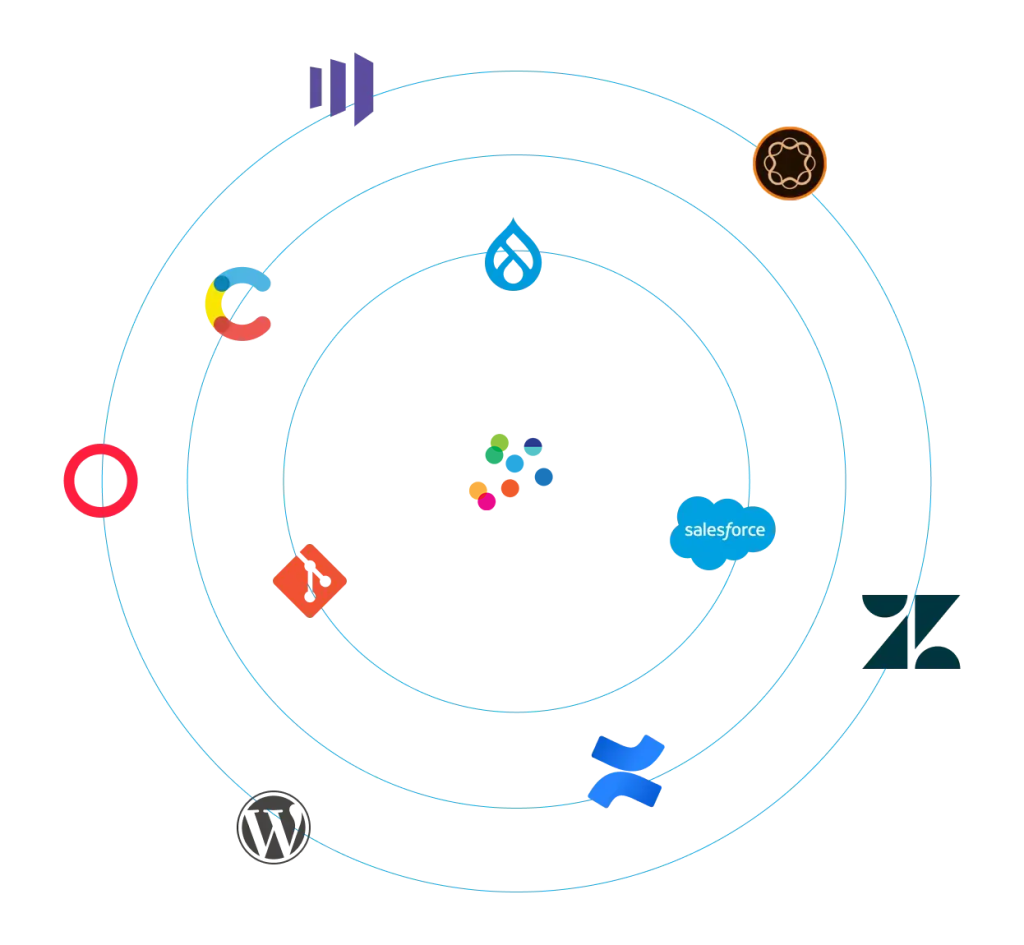Maximise your company’s global appeal and engage with your readers in their own language.
Internet users will naturally feel more comfortable if software or websites are presented in their native language. By localising your content you will easily tap into new markets and gain access to millions of readers.
At Absolute Translations, we understand how you manage your website, content and systems. We offer flexible solutions, depending on your needs and goals.
Localisation does not have to be a slow or painful process.
We’ll help you transform your software and website into dynamic global content.
Localisation
Language localisation is the process of adapting your content to a new readership, like a new country or a new community. This may – or may not – involve translation. We can localise content between two different languages or between two variants of the same language.
Localisation is required for apps, UIs, software, video games and websites, as well as audio/video, voice-over/subtitling or other multimedia content. Other types of translation may also involve cultural adaptation processes, but then we call it transcreation.
At Absolute Translations, we work with state-of-the-art technology involving:
- Translation Memory software
- Workflow Integration
- Terminology Management
- Customer Platform
- CMS Content Connector

What is the difference between translation and localisation?
Translation and localisation are two closely related but distinct processes often used in the context of adapting content for different languages and cultures. Here’s a breakdown of the differences between the two:
Translation
Translation refers specifically to the process of converting text from one language into another while maintaining the original meaning, tone, and intent as closely as possible.
***
It focuses primarily on linguistic aspects such as orthography, grammar, vocabulary, syntax, punctuation and semantics.
***
Translators aim to faithfully convey the content of the source text into the target language while ensuring it remains coherent and understandable to the target audience, using idiomatic language as spoken in the target country.
Localisation
Localisation involves not only translating text but also adapting it to suit the cultural, linguistic, and functional requirements of a specific locale or target audience.
***
It goes beyond mere language translation and may involve modifications to images, graphics, design elements, date and time formats, currency, units of measurement, and even content itself to better resonate with the target audience.
***
Localisation aims to make the content feel native to the target culture, ensuring that it is not only linguistically accurate but also culturally appropriate.
While translation focuses on converting text from one language to another, localisation extends this process to encompass broader cultural and contextual adaptations to ensure that the content resonates effectively with its intended audience in different regions or linguistic communities.
Maximise your company’s global appeal
Broaden Your Audience Reach
When you translate a website from English into another language, your online audience and target market grow.
Website translation can help you attract additional national and international visitors, giving your brand relevance with non-native English speakers and driving sales.


Enhance Your Brand
A multilingual website represents a more inclusive business that cares about creating a comfortable online experience for all of its customers.
Translation services allow you to have numerous languages on your site, helping to present your operation as an international network built for global markets.
Improve Audience Engagement
Investing in website translation services can help you reduce bounce rates and encourage foreign visitors to spend more time reading your content and clicking your links.
Better website engagement can boost your SEO rankings, helping you reach more people online and increasing conversion rates.

Why is localisation important?
Localisation is essential for businesses aiming to connect with diverse audiences, expand into new markets, and stay competitive in an increasingly global marketplace.
CULTURAL RELEVANCE
Different regions have different languages, cultural norms, and preferences. Localising content ensures that it resonates with the target audience culturally, making it more relatable and engaging. What works in one culture may not work in another, so adapting content is essential for success.
USER EXPERIENCE
Localising products or services enhances the user experience. People are more likely to engage with content that is presented in their native language and customised to their cultural context. This improves customer satisfaction and loyalty.
MARKET EXPANSION
Localising content allows businesses to expand into new markets. By speaking the language of the target audience and understanding their cultural nuances, companies can better connect with potential customers and increase market penetration.
COMPLIANCE & LEGAL REQUIREMENTS
In some regions, there may be legal requirements or regulations regarding language usage, content presentation, or accessibility. Localisation ensures compliance with these regulations, avoiding legal issues and potential penalties.
BRAND REPUTATION
Showing respect for local cultures and languages demonstrates a commitment to understanding and serving diverse communities. This can enhance brand reputation and foster trust among consumers.
SEO & VISIBILITY
Localising website content can improve search engine optimisation (SEO) efforts. By using region-specific keywords and language, businesses can increase their visibility in local search results, driving more organic traffic to their websites.
COMPETITIVE ADVANTAGE
In today’s globalised world, businesses compete on a global scale. Localising content gives companies a competitive edge by allowing them to reach customers in their preferred language and cater to their specific needs more effectively than competitors who do not localise.
4 Steps for seamless website localisation
During localisation, we want to ensure that the content, design, and functionality are adapted to suit the language, culture, and preferences of the target audience. Here is a general overview of the process we follow with every website:
First we review the website content to identify elements that need to be localised, such as text, images, videos, and multimedia elements.
Thoughtful adjustments and planning made early, vastly improve the globalisation of your products. Knowing how to apply internationalization speeds up time-to-market, reduces cost, helps mitigate risk, and reduces stress on internal resources.
Once the site is ready, we localise the content to reflect cultural preferences, sensitivities, and idiomatic expressions of the target audience. We also update language-specific features such as date formats, currency symbols, and measurement units to provide a seamless user experience and to align with local customs and traditions.
We replace or update graphics, images, videos, and other multimedia elements so that they are culturally appropriate for the target audience. Where required, we adjust the layout and design of the website to accommodate different languages, text lengths, and reading directions.
Where necessary, we check the code, scripts, and plugins to support multilingual functionality.
Before the site is pushed live, we conduct thorough testing of the website to ensure accuracy, functionality, and consistency across all language versions. We proofread for linguistic errors, formatting issues, broken links, and functionality problems so we can achieve a high-quality localised site.
Once live, we optimise each localised version of the website for search engines by using region-specific keywords, meta tags, and descriptions. This helps improve visibility in local search results and attract organic traffic from the target audience.
Through our system we receive notifications when the original content is updated. Upon approval of the client, we also update the localised versions of the website following the source. We monitor user feedback, website analytics, and market trends to make informed decisions about ongoing improvements and updates.
What our clients say
Content Integration Solutions
Our integrated workflow solutions will help you manage your content more efficiently.
We offer an automated translation workflow between your content management system (CMS) and our translation platform. By connecting with our translation management system, you will bypass the standard file transfer process and email communications.
Our content connector links your platform to ours, so you can send your files straight from your content management system to ours for translation. Your translated files are then returned to you via our platform prompting you to review and publish the translations.
We support all types of content models including single language, multilingual and multi-portal websites.

How will you benefit from an integrated workflow?
 Save time on email communications
Save time on email communications
 Quality assurance
Quality assurance
 Speed up project turnaround
Speed up project turnaround
 Server access and storage
Server access and storage
 Full network security compliance
Full network security compliance
 Transparency and control
Transparency and control
 Manage your terminology
Manage your terminology
 Automation and tracking
Automation and tracking
 Save costs through content re-use
Save costs through content re-use
 24hr service and support
24hr service and support
 Automatic updates
Automatic updates
 Track, control and review
Track, control and review
Automate the translation process and shorten your time to market
No matter which file formats that you work with or processes that you follow, our technology will keep your project on track.
With our state-of-the-art connector, you will be able to reduce localisation and translation costs; our integration processes will help you bypass the standard file process and email communications which in turn will increase efficiency and reduce the margin of error.
Kickstart your global strategy
We enable our clients to reach new markets globally by connecting with their audiences and providing the best possible customer experience—in any language.

Submit your question here.